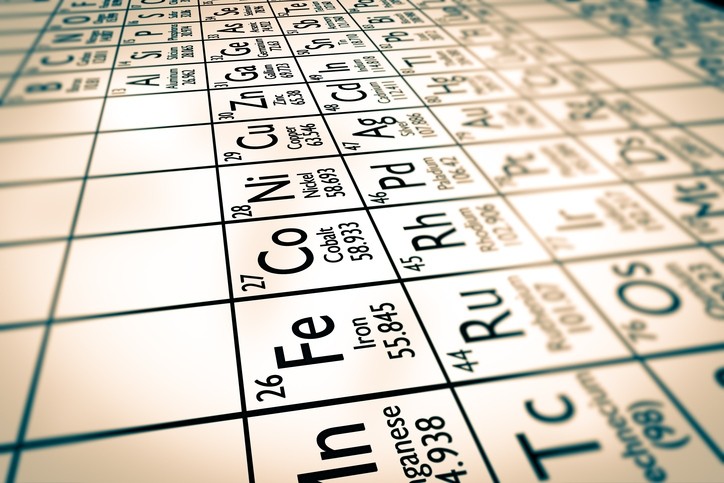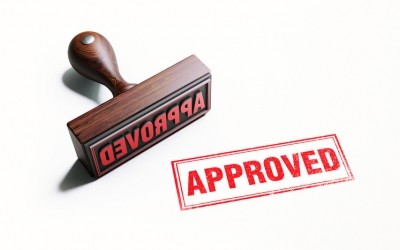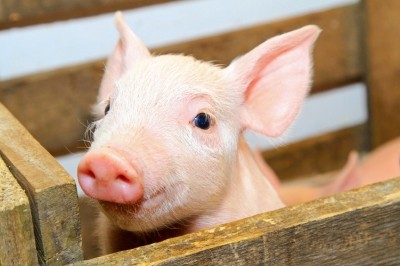EU vote on piglet feed copper levels could spur innovation

Jan Fledderus, innovation manager swine, ForFarmers, told us the recent decision of the Commission’s Standing Committee on Plants, Animals, Food and Feed (SCoPAFF) to limit copper compound levels in piglet feed at 150mg/kg up to 4 weeks after weaning, 100mg/kg to 8 weeks after weaning and then reduced to 25mg/kg leaves relatively high levels of copper in piglet feed during the most critical post-weaning phase.
“As reported by Wageningen University (Paul Bikker) and several other feed trials, the positive response of high copper on growth performance and feed efficiency is not limited to the first four weeks post weaning and from a rational point of view a higher copper content would have been be preferred, also for piglets four weeks post weaning.
“However, we should not be naïve and this is a workable compromise with approval of the feed industry.
“As a feed industry, we can introduce specific diets for piglets up to four weeks post weaning and for the weeks five to eight post weaning,” he said.
Background
The debate, within the SCOPAFF framework, was prompted by an opinion published by the European Food Safety Authority (EFSA) in July 2016.
The EU risk assessor recommended lowering copper (Cu) for piglets, the species with the highest Cu supplementation allowance in the EU, to 25mg/kg of feed, as opposed to the existing MPL of 170 mg/kg of feed, for environmental protection reasons.
Industry had argued, though, that any such dramatic reduction in copper limits, coming at the same time as the industry faces the loss of zinc oxide and pressure to reduce antibiotic use, would make it very difficult to control post-weaning diarrhea in piglets.
Last week saw EU compound feed and feed additive trade group, FEFAC and FEFANA respectively, also welcome the EU vote on copper in pig feeds.
Essential trace element
Copper (Cu) is an essential trace element for pigs, mainly as a component of a large number of metabolic enzymes.
There are environmental concerns in relation to the use of Cu in feed. Because of the low body retention of Cu of around 1.1 mg/kg body weight (BW) (Corpen, 2003) the majority is excreted into the manure. After manure spreading, this amount of Cu is said to substantially contribute to the accumulation of Cu in the soil and in ground and surface water.











